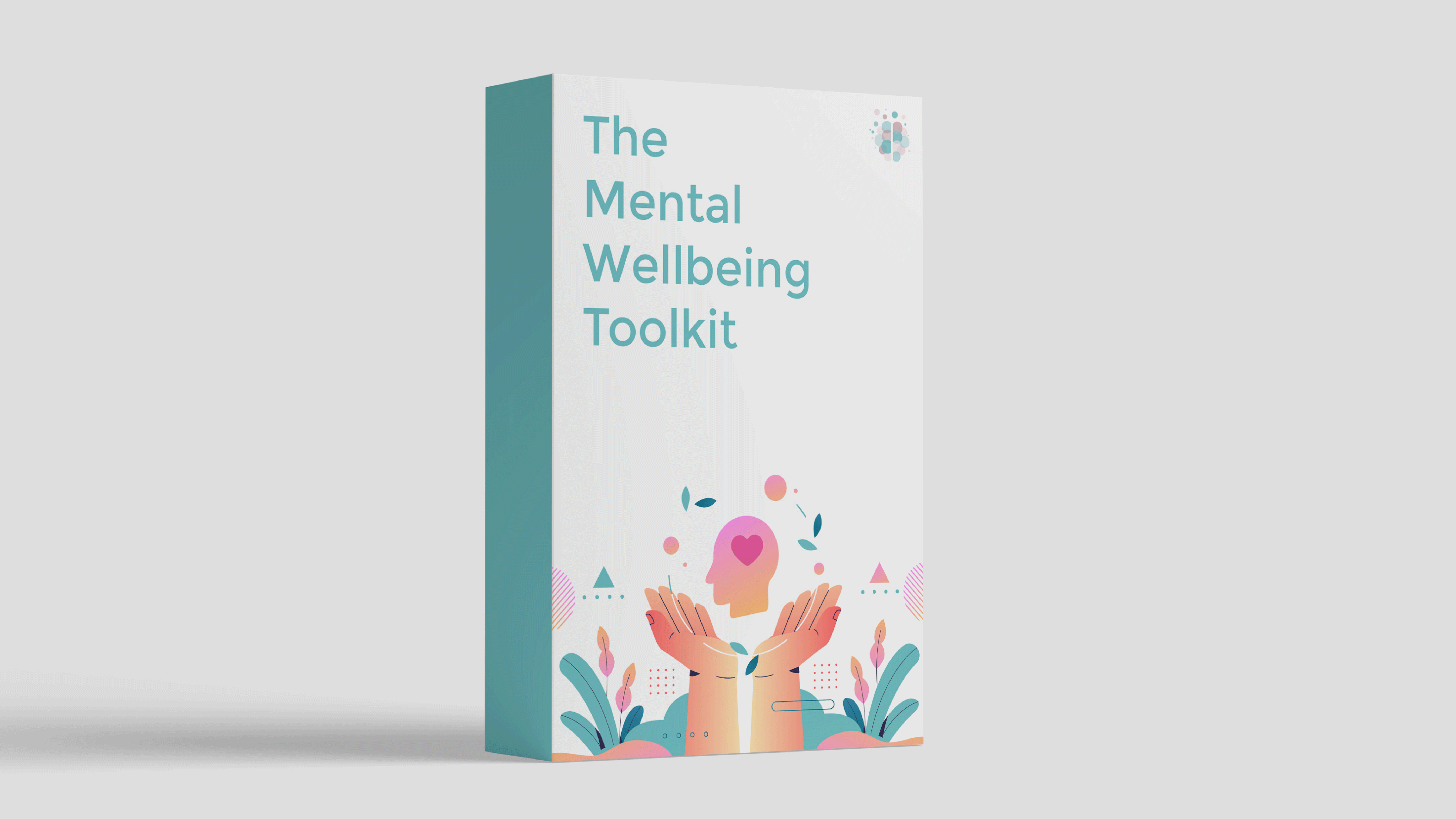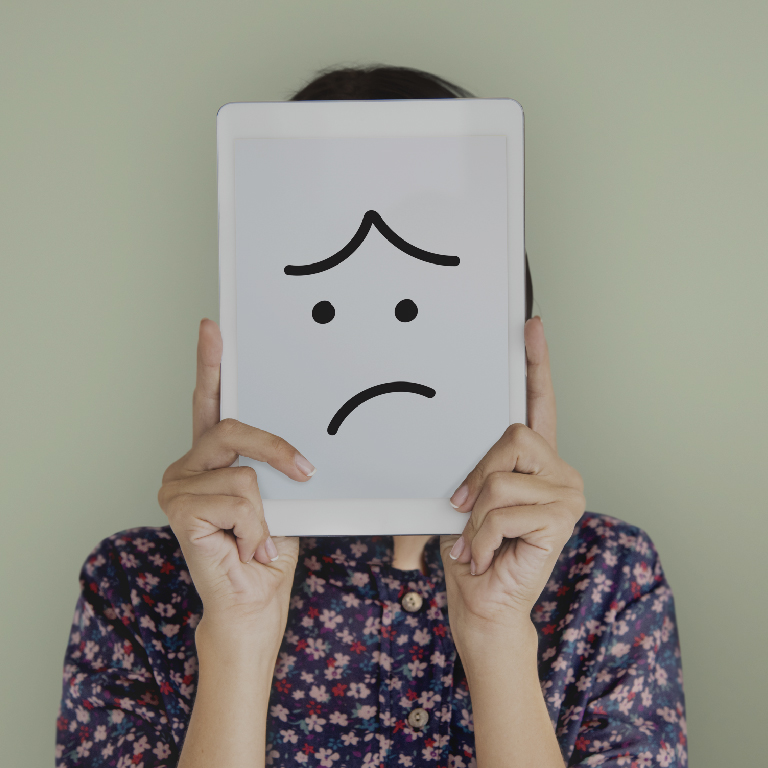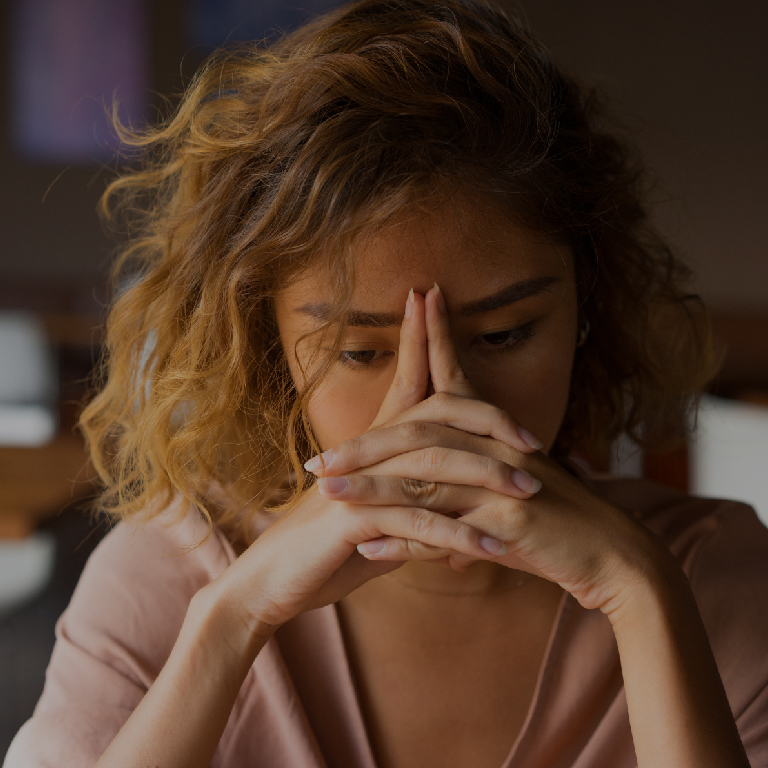Ever found yourself in this situation? You’re at a party or maybe just grabbing coffee with a friend. Everything seems fine until, out of no-where, your heart starts racing, your chest tightens, and it feels like the world is closing in on you.
This is what a panic attack can feel like. If you’ve ever experienced it in a social situation, you know how overwhelming it can be.
Panic attacks are intense, sudden bursts of anxiety that can leave you feeling out of control. But here’s the good news: you can learn how to deal with them, even in social settings.
Keep reading to discover how to identify a panic attack, and most importantly, how you can manage it in the moment.
Anxiety vs. Panic Attack: What’s the Difference?
People often get confused between anxiety attacks and panic attacks. They’re often lumped together, but they aren’t the same thing. Understanding the difference is key to handling them properly.
- Anxiety is like a slow burn. It’s nervousness, worry, or unease that builds up, is often ongoing and can fluctuate in intensity. Anxiety might show up before a big presentation or meeting new people at a party.
- Panic attacks, on the other hand, hit like a wave out of nowhere. You can be totally fine one minute, and then suddenly, you're gripped by a flood of physical and emotional symptoms. The most common symptoms of a panic attack are racing heart, tight chest, and the sense that you’re losing control. They can feel intense and frightening. Even though panic attacks tend to be brief (typically peaking within 10 minutes), the impact can feel much bigger.
So, while anxiety is a steady hum in the background, a panic attack is like a sudden, overwhelming alarm going off. Understanding this difference is important for managing the situation effectively.
How to Know If You’re Having a Panic Attack
When panic strikes in a social setting, it can feel confusing.
You might wonder what’s going on in your body, and the fear of what you’re experiencing can make the panic more intense, creating a vicious cycle.
Here are some signs that what you’re experiencing might be a panic attack:
- Sudden onset. Panic attacks often come out of the blue. You might feel perfectly fine, then suddenly feel overwhelmed with intense fear or discomfort.
- Physical symptoms. Your heart may race or pound, you might feel short of breath, dizzy, or even experience chills or sweating. Chest pain or tightness, along with nausea, are also common.
- Feeling detached. It’s not unusual to feel disconnected from your surroundings or yourself. This sensation, called derealization or depersonalization, can make the panic attack even more disorienting.
- Fear of losing control. Many people experiencing a panic attack describe the overwhelming fear of losing control, going crazy, or even dying, even though there’s no real danger.
Most people feel afraid of the experience because they don’t identify it as a panic attack, but instead believe there is something horribly wrong with them.
Knowing the signs of panic attacks helps you acknowledge what's happening instead of getting caught up in the fear. It’s like flipping a switch from “something is seriously wrong” to “okay, I know what this is.”
Why Panic Attacks Happen in Social Situations
There are a few reasons why panic attacks often occur in social situations:
- Fear of judgement. In social situations, we often worry about how others perceive us. If you’re already feeling anxious about how you look, sound, or act, that stress can lead to a panic attack.
- Overstimulation. Parties, crowded spaces, or loud environments can overload your senses. When your brain is processing too much at once, it can trigger the body's fight, flight or freeze response, leading to a panic attack.
- Pressure to perform. Whether it’s meeting new people, making conversation, or simply navigating a crowd, social settings can feel like a performance. If you’re prone to anxiety, this pressure can cause your body to react with a sudden burst of panic.
Now that we understand why panic attacks happen, let’s focus on what not to do when you feel one coming on.
What Not to Do When You Start to Panic
When panic hits, it’s tempting to respond in ways that might make things worse. Here’s what you should avoid:
- Don’t run away. It’s natural to want to leave the situation immediately. This is a fight, flight or freeze response, after all. But running away reinforces the idea that social situations are dangerous, and, over time, this can build avoidance behaviours, making future situations even harder to manage.
- Don’t fight the panic. Trying to force yourself to “snap out of it” or pushing the panic away usually intensifies it. As Carl Jung noted: “What we resist, persists.”
- Don’t hide. If you’re with someone you trust, don’t feel like you have to hide what’s happening. Trying to mask your panic can make you even more anxious.
Instead, focus on managing the panic with the following strategies:
3 Ways to Deal with Panic in Social Situations
1. Ground Yourself in the Moment
One of the best ways to manage panic is by grounding yourself in your surroundings. Grounding exercises help shift your focus from internal sensations to external objects, which can reduce the intensity of the panic.
Try the 5-4-3-2-1 method:
- Look for 5 things you can see around you.
- Find 4 things you can touch.
- Listen for 3 sounds in your environment.
- Identify 2 different smells.
- Focus on 1 thing you can taste (maybe a sip of water or a mint).
This exercise engages your senses and helps bring your attention back to the present moment instead of the panic.
2. Breathe Slowly and Deeply
When panic hits, your breathing often becomes rapid and shallow, which can make the symptoms worse. Slow, deep breathing signals to your body that it’s safe and can help turn down the intensity of the panic.
A quick “sympathetic sigh” can reset the nervous system and signal the sign of safety.
- Breathe in through your nose twice as fast and hard as you can in succession to fill your lungs.
- Pause for just a moment.
- Then exhale long and slow through your mouth.
Research (particularly from neuroscientist Andrew Huberman) has shown that physiological sighs are effective in reducing stress and anxiety. They’re a natural reflex used to reset breathing patterns. Consciously practicing them can help calm the body and signal safety.
3. Challenge Unhelpful Thoughts
During a panic attack, your mind tends to exaggerate fears.
You might think “I’m going to embarrass myself” or “Everyone will notice I’m panicking.” Challenging these thoughts is key to regaining control.
Ask yourself:
- Is this thought true, or is my brain just freaking out?
- What’s the worst that could realistically happen right now?
More often than not, panic makes you believe the situation is worse than it really is. By questioning your thoughts, you can break the cycle and reduce the fear.
Remember: Most people are way more focused on themselves than they are on you. They’re caught up in their own thoughts, their own worries. Think about it – how often do you spend obsessing over someone else’s actions or appearance? Probably not much, right? It’s the same for everyone else.
Summary
Remember that panic attacks, while intense, are temporary and manageable. By grounding yourself, breathing deeply, and challenging your thoughts, you can handle panic with more ease.
Here are a few practical tips to try next time you're in a social situation and panic creeps in:
- Give yourself permission to step away. It’s okay to excuse yourself for a minute to regain your composure.
- Practice self-compassion. If you do have a panic attack, don’t beat yourself up. It's a natural response. You're doing your best. Be kind to yourself.
- Carry a calming object. For example, lavender essential oil may help ground you.
You may also wish to work on reframing perfectionistic expectations – read more about this here.
A Toolkit to Help You Reduce Anxiety
Research shows that self-help materials are often enough for people to overcome mild to moderate mental health difficulties without professional support.
Our self-guided program includes tools from CBT, DBT, ACT and more, so you can discover what works best for you. Check out The Mental Wellbeing Toolkit today – it's "like 10 therapy sessions in one."

About Diante
Diante Fuchs is a clinical psychologist, anxiety coach and the author of The Gift of Anxiety: Harnessing The EASE Method to Turn Stuck Anxiety into Your Greatest Ally. She is the founder of The Unstuck Initiative and helps people worldwide change their response to anxiety so that it no longer interrupts them.
You can find out more about her at www.theunstuckinitiative.com or follow her on Instagram @the.unstuck.initiative or TikTok: @the.unstuck.initiative.



